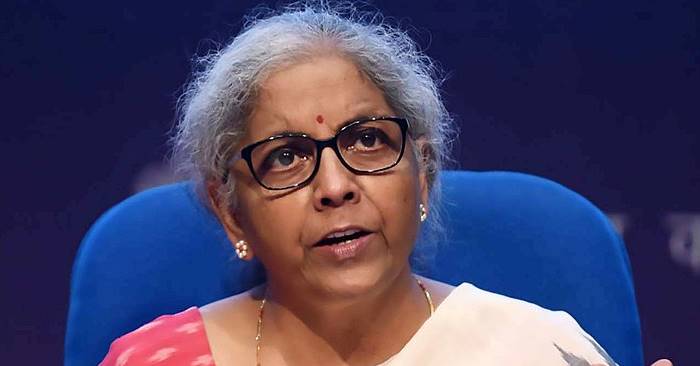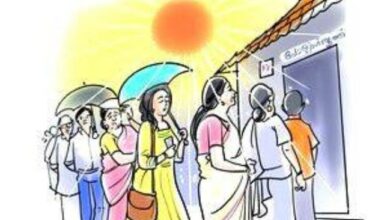White Paper vs. Black Paper: Central Government’s Pre-Election Showdown

As the Lok Sabha elections draw near, the central government has taken a proactive step by releasing a white paper, strategically designed to showcase its achievements and policy reforms while drawing a sharp contrast with the previous Congress-led UPA government’s tenure from 2004 to 2014. Union Finance Minister Nirmala Sitharaman presented the white paper in the Lok Sabha, emphasizing the significant economic improvements under the Modi government’s administration. Key points highlighted in the paper include a drastic reduction in inflation from 9.4 percent in 2014 to less than five percent presently, India’s impressive ascent from being among the five worst economies to ranking among the top five globally, and the government’s successful management of foreign exchange reserves, which currently stand at a record $620 billion. The white paper strategically counters allegations of corruption scandals, policy paralysis, and economic challenges during the UPA era, setting the stage for a narrative that positions the current government as a catalyst for positive change.
In response, the Congress party, led by president Malikarjun Kharge, presented a black paper, accusing the central government of failing to fulfill promises related to job creation and farmers’ income, buying opposition MLAs through election funds, neglecting the public sector, contributing to unemployment, and enabling the rise in prices of essential commodities to benefit big businessmen. The contrasting narratives outlined in these papers are expected to fuel a robust and contentious debate in the lead-up to the Lok Sabha elections, providing voters with distinct perspectives on the government’s performance and priorities.






